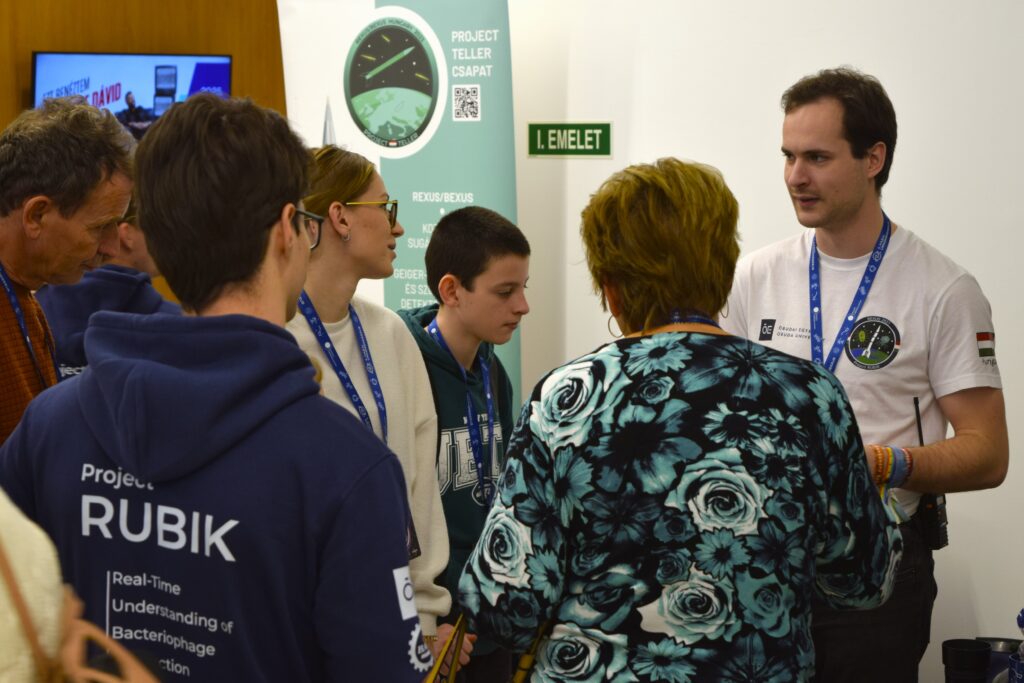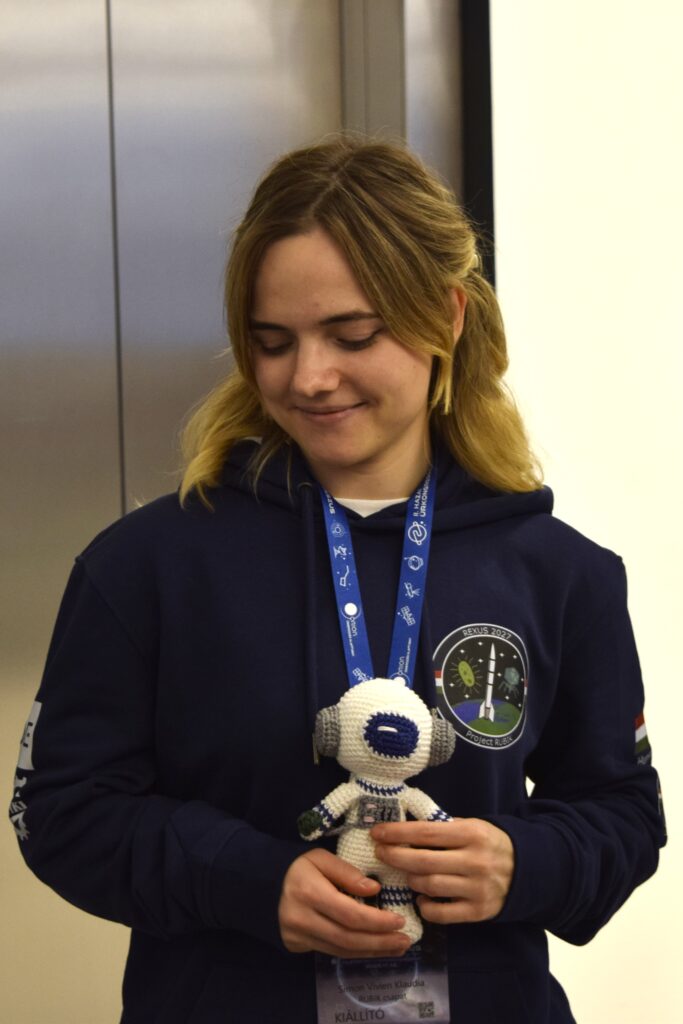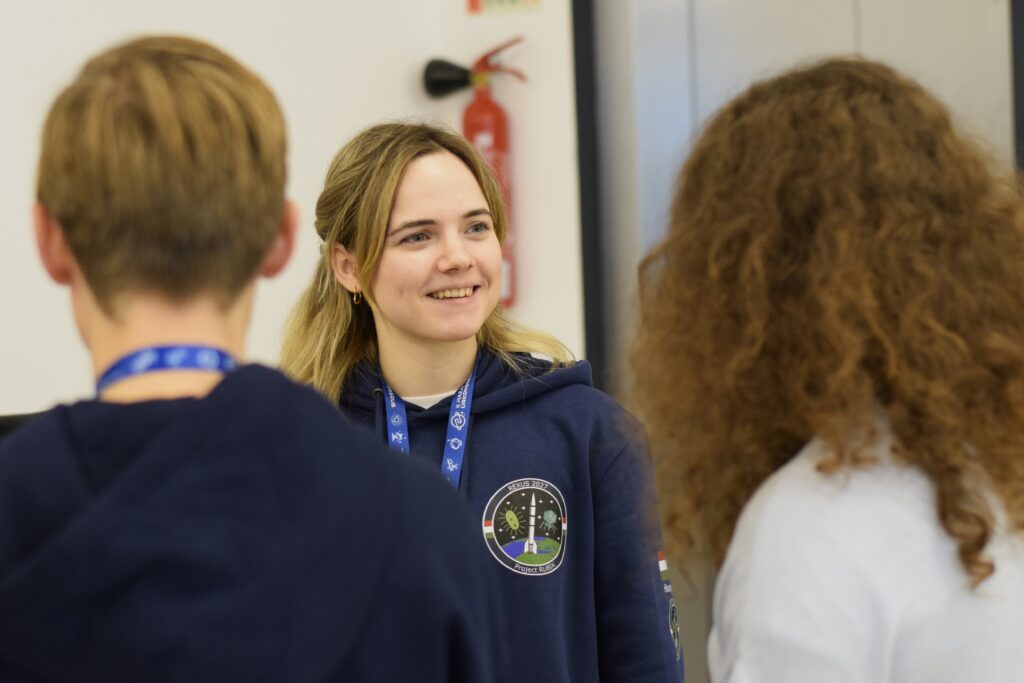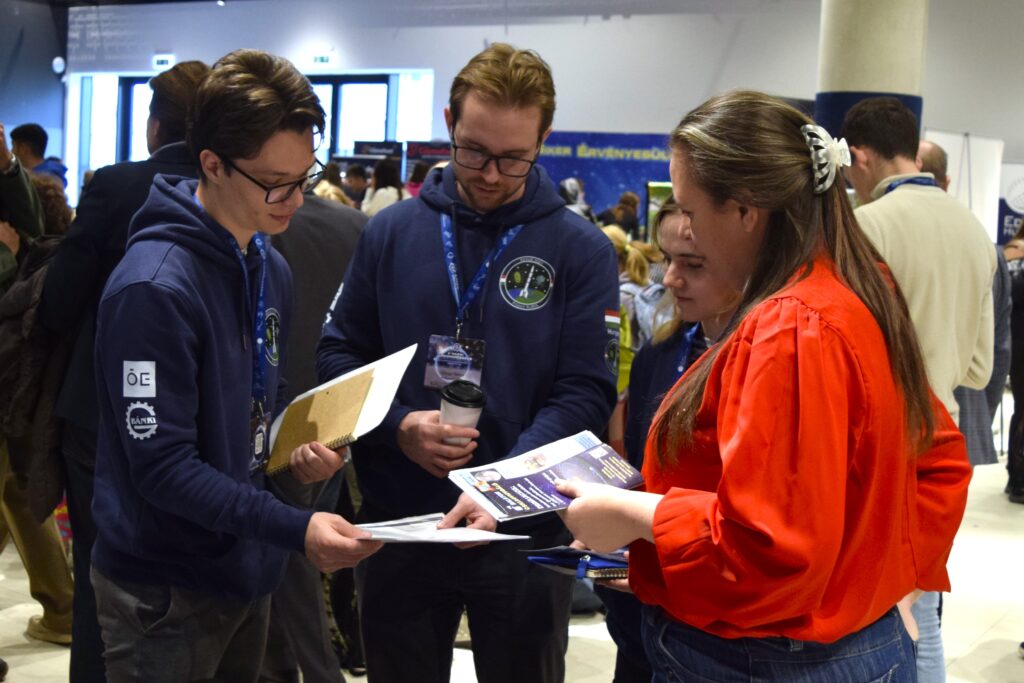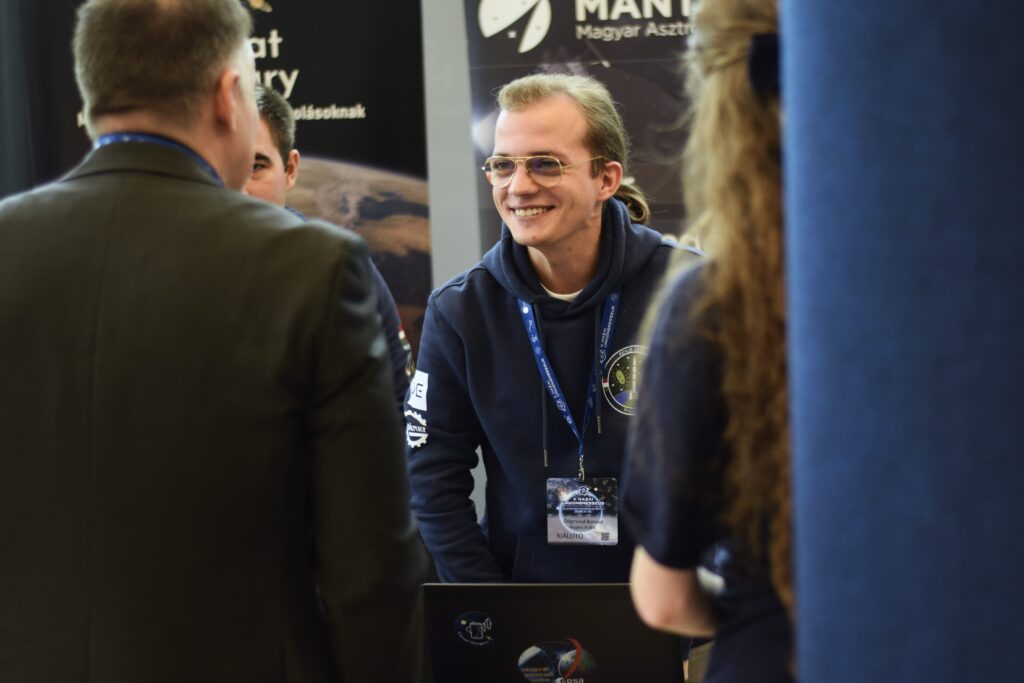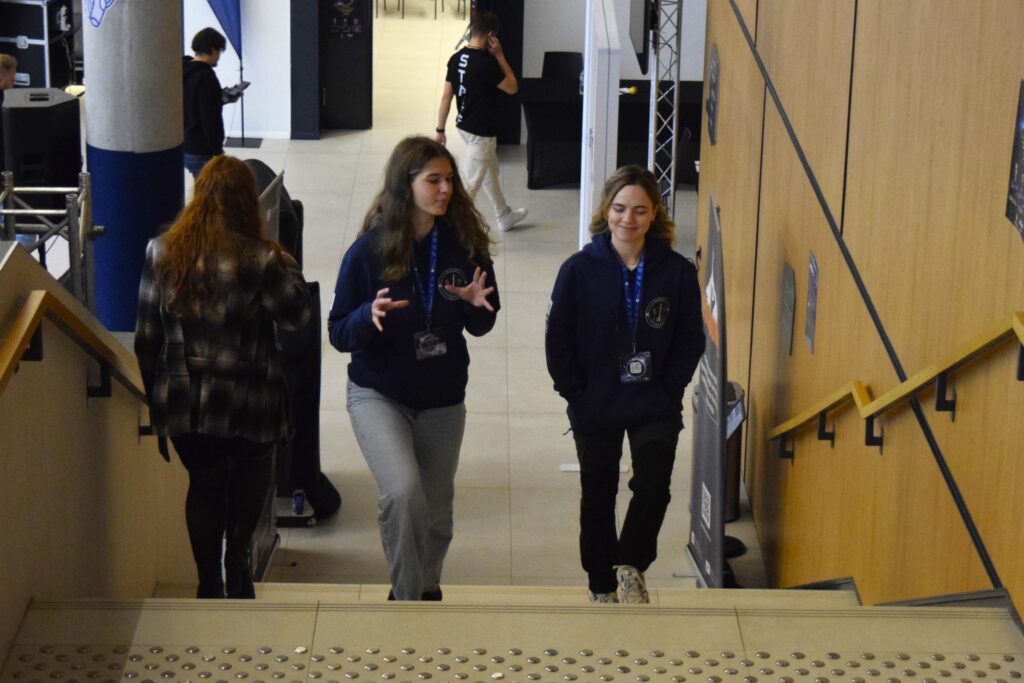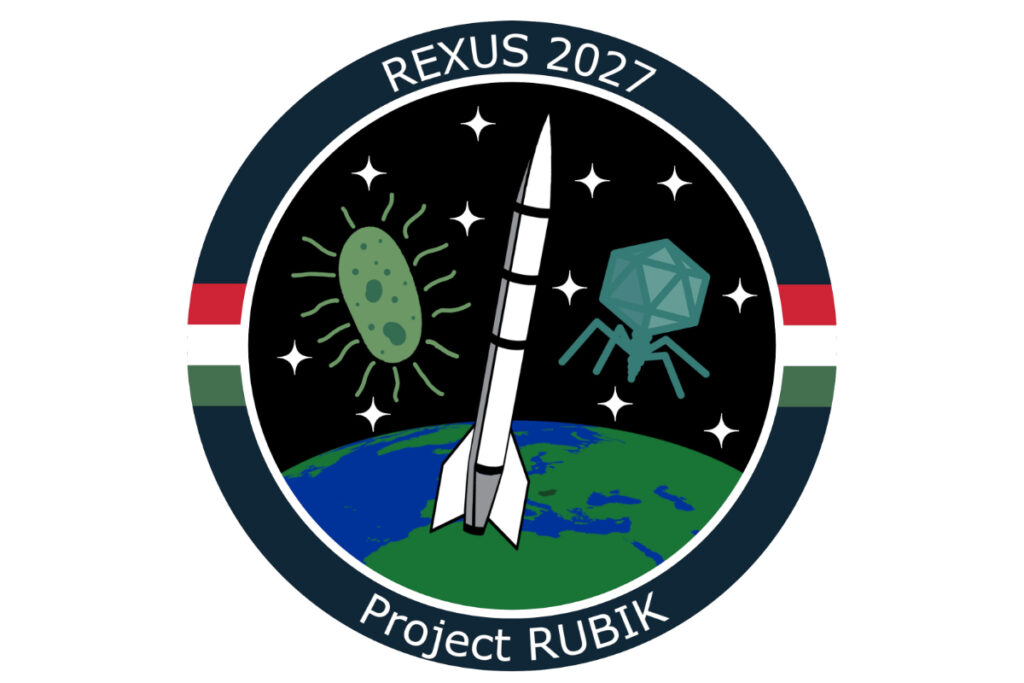Students from Obuda University, the Budapest University of Technology and Economics (BME), and Semmelweis University are collaborating in a joint research project as part of the REXUS/BEXUS program — a European initiative jointly organized by the European Space Agency (ESA), the German Aerospace Center (DLR), and the Swedish National Space Agency (SNSA).
This program offers university students the opportunity to send their own experimental payloads to the edge of space aboard high-altitude rockets or stratospheric balloons. Its goal is to provide young researchers with real-world experience in the design, development, and operation of space-bound systems.
A Hungarian Collaboration of the Next Generation of Space Researchers
The research project, named RUBIK, was launched with the primary academic support of Obuda University and brings together some of the most active student researchers in Hungarian space science. The project is co-led by an MSc student in Electrical Engineering from BME and an MSc student in Defense Engineering from Obuda University. The biological research direction is headed by a medical student from Semmelweis University, who also serves as the project’s biological supervisor.
What RUBIK Stands For
The name RUBIK reflects the project’s scientific focus:
RUBIK – Real-Time Understanding of Bacteriophage Interaction Kinetics and Dynamics.
The acronym signifies the project’s core objective — understanding the kinetics and dynamics of bacteriophage interactions in real time. The name is also a tribute to Ernő Rubik, symbolizing Hungarian scientific and engineering creativity.
Recognition and International Selection
The RUBIK project has been selected for the pre-selection phase of the international REXUS/BEXUS program, organized by ESA, DLR, and SNSA. As a result, the RUBIK team has been invited to present their experiment at ESA’s ESTEC Center in Noordwijk, the Netherlands, between November 25–27, 2025.
Following this phase, only 3–5 teams will be chosen to launch their experiments aboard the ESA and partners’ high-altitude rocket missions, sending their research to the very edge of space.
Scientific Goals and Background
The experiment aims to study bacteria–bacteriophage interactions in real time under microgravity conditions, with special attention to the kinetics of infection and cell lysis. The project investigates how the interaction between Escherichia coli bacteria and T7 bacteriophages changes in space.
The research builds on earlier Russian experiments conducted aboard the International Space Station (ISS), which showed that bacteriophages destroy bacteria more rapidly in microgravity over short periods, but that bacteria may develop resistance over longer exposures.Project RUBIK seeks to explore this phenomenon in greater detail through an autonomous, miniaturized, and fully automated laboratory unit, enabling precise, real-time observation of these biological processes in a near-space environment.
